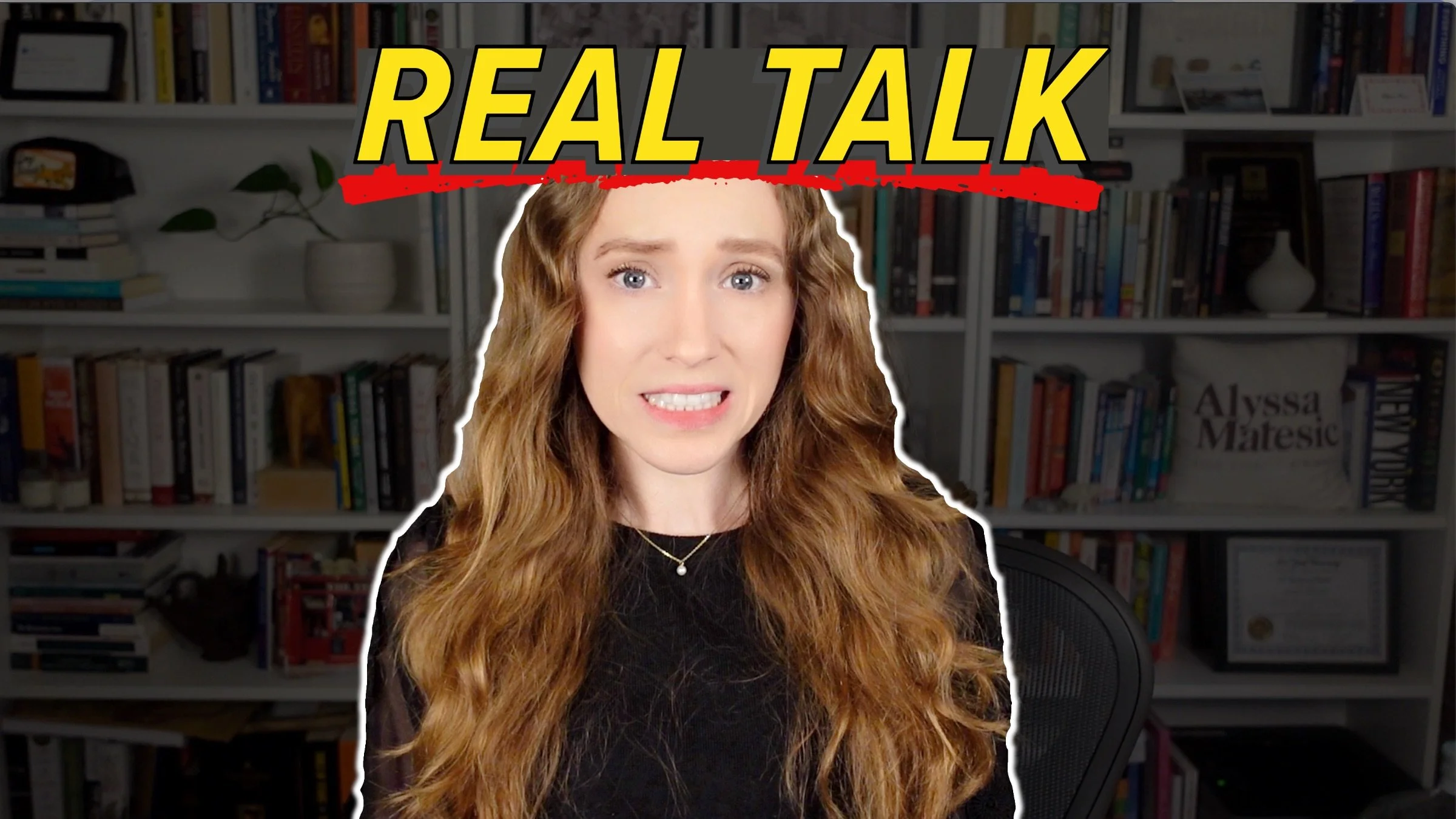How Does a Book Deal Work?
HIT PLAY OR READ THE POST BELOW:
For many aspiring writers, signing a book deal with a major publisher is a dream come true. However, you may have some questions, like: How does a book deal work? What are the terms and conditions of book deal contracts?
In this article I’m going to walk through the book deal process and tell you about what some of the terms and conditions within a contract are, how much money you can expect, and how the process works overall with the Big Five major publishers.
How Book Deals Are Structured
There are two main financial components of a book deal with a traditional publisher. The first is called the advance and the second is called royalties.
The advance is an advance payment against future royalties, which you retain no matter how many copies your book sells. This doesn’t come in one big check as imagined by many; typically, publishers will split the payment up into three or four payments during the publishing life cycle.
For example, if your advance is $40,000, then the terms of your contract could say that you’ll receive $10,000 upon signing the contract, $10,000 on the acceptance of the manuscript (I’ll explain what that means in the next paragraph), $10,000 upon publication of the book on its publication day, and lastly $10,000 one year after publication.
Going back to the second payment, a manuscript getting “accepted” is a manuscript that is almost at the end of its editing cycle. When you sign a book deal, it’s expected that your manuscript will still need to go through several rounds of edits.
First, it’ll go through developmental editing with the editor at the publishing house—also known as an acquisitions editor—followed by edits from a provided copy editor and proofreader. The acceptance term refers to the point when the acquisitions editor marks the book as developmentally complete and ready to go to the copy editor and proofreader, who will then polish the book into printing-ready status.
Book royalties are like royalties from other creative endeavors, where a percentage of the product sold is given back to the creator. With book deals, your royalties will be a percentage of the retail price that a customer pays to the book retailer.
Those percentages are roughly 10-15% for hardcover books, and the royalty rates are graduated based on the number of copies sold. For example, for the first 5,000 copies sold you might receive 10% of the sale price, but after that you will receive 12.5% for the next 5,000 copies sold, and then after that 15%. Paperback royalty rates are similar, with a graduated rate from 8-10%.
Most authors are under the impression that whenever your book is published, you’re immediately going to receive royalty checks. However, that is usually not the case. In fact, many authors never even see a royalty check. This is because, built into the contract, the initial royalties the book receives go back towards paying off the advance given to the author.
So, until the cost of the advance is paid off, the publisher won’t send out a royalty check. Back to the initial example, if your advance is $40,000, then until your royalty rates exceed $40,000 by selling an excess amount of copies, you won’t see any royalty checks.
So the dream of receiving royalty checks forever is a misconception many authors realize when publishing—most authors rarely “earn out” their advance, making the advance the only money they see. But it’s also important to note that not being able to earn out your advance is not a bad thing in the industry; in fact, few books earn out their advance and thus earn royalty checks, so your agent and publisher likely won’t be upset if you don’t as well.
Of the two, advances are the main payment authors receive for their books through a traditional publishing contract. Importantly, publishers can and do make profit off books that don’t earn out their advance, so entering a book deal is really a mutual understanding on both the publisher and the agent/author side that the book might not earn out its advance.
Of course, ideally your book will be a bestseller—in which case you’ll see those royalty checks periodically in the mail.
The final point in regards to the finances of a book deal is the agent commission. This is a key component of pursuing the traditional publishing path. An author will have a literary agent negotiating the book deal with the publisher and, in compensation, receive a 15% commission on both your advance and your royalties (if you end up earning any).
This is something to keep in mind. Of course, you as the author will retain the other 85%, and you couldn’t have gotten the book deal without your agent, so hopefully that 15% commission won’t be a dealbreaker. Logistically, the advance money will first go to the agency, so they will segment out their percentage before sending you the check with the rest of the money.
How Publishers Value a Book
Now knowing how advances and royalties work out, the next point to discuss about book deal contracts is how the publisher comes to the advance number—how do they put a price tag onto a priceless piece of art? How does a book deal work when it comes to figuring out how much money a book is worth?
Publishers have a regimented process for calculating advance figures. The example $40,000 I mentioned earlier would be calculated through a process called a profit-and-loss statement. If an acquisitions editor is interested enough in a submission from a literary agent to try and make an offer, they will go to their finance team and ask for a profit-and-loss statement. The statements are Excel templates with different calculations pre-populated in the cells, so it’s easy for the publisher to input book sale estimates to see how much the advance should be in order to make a profit.
The business of book publishing is really unpredictable, with no one being able to predict which books will fly off the shelves and which will sail under the radar. So, in order to estimate book copy sales, the profit-and-loss statements will refer to the sales numbers from comparative titles, or comp titles.
For example, if you’re writing a historical fiction novel set in World War II, the acquisitions editor will find two to four comparable titles that have a similar feel and audience to your novel. Then, using their databases, they will see how many copies those books sold and use those numbers to figure out how much those books earned and therefore calculate the advance they can offer you if they expect your book to sell similarly.
They actually have the sales information broken down by book format, such as hardback, paperback, and e-book sales, as each of the formats will have a different profit margin. With all of the above information in mind, the acquisitions editor will use the Excel template to calculate an advance number that they feel comfortable offering in order to ensure they’re making a profit back for the publishing house.
Another key element of assessing the advance value is negotiation. The profit-and-loss statement gives the publisher a starting point, but like any deal, a book deal is a negotiation. If multiple publishing houses are making an offer, the agent can hold an auction.
For example, the agent will say, “You have until 5PM Friday to send me your best offer,” causing things to heat up between the publishers—especially since the agent, who is ultimately working for the author’s benefit, will try to raise the advance price up by dropping hints for the other publishers to increase their bid.
Of course, with any auction, some publishers will drop out since they can’t go above what their profit-and-loss statements spit out, but typically an auction will drive up an advance price, which is always a win for the author.
In talking about how publishers value and make money on books, I do want to mention the 80/20 rule. Publishers operate on the principle that only 80% of their profits are going to come from 20% of the titles they put out, and that’s simply because they can’t predict which books are going to resonate in the market. Thus, publishers are willing to take certain financial risks with high-potential book projects, since their previous bestsellers that continue to make cash for them will be able to cover any losses they might take on a new book project.
A question I get often is “How much will I be offered for my advance?” This is a really tough question to answer and I hesitate to give any firm answers. The example $40,000 I used earlier is not necessarily the market average, but with the major publishing houses book deals will usually not go lower than $10,000, as it’s not worth the production costs at that point. On the upper range, six figures and higher is considered a big book deal.
One anecdote I have is from when I was working on a team where they sold an author’s debut novel for a million dollars, and that was a situation where multiple publishers were interested, auctioned, and drove up the bid price. Of course, this was very exciting to see but an exception, not the rule.
Common Book Deal Contract Terms and Conditions
Book deals are unlike any other type of deal or contract most people come in contact with, so there are some specific terms and conditions that you should be aware of if you’re an author hoping to eventually get a book deal from a major publisher.
The first term specified in your contract is the language. This is detailing if the publisher has the rights to publish the book in multiple languages, not just English.
The second term is subsidiary rights, also referred to as sub-rights. This refers to other editions of your book, such as large print editions and audio books, as well as foreign rights, which dictate whether the publisher has the rights to sell your book in other countries, such as India, Germany, or China. Additionally, it determines whether your publisher can also publish your book in multiple languages in other countries, such as a Mandarin edition in China, or whether they can only sell an English edition in China.
The next term is a fun one: it determines how many free copies the author receives. The number varies by contract, but there will always be a section in the contract that describes how many author copies you’ll receive to distribute to friends and family.
The last term is options for your next book, or the rights that the publisher has on the next book you will be producing. What this often looks like is the publisher retains the right to have the first look at your next book. This doesn’t mean you have to complete an entire manuscript before handing it over to your publisher; usually the contract will request a specific amount of pages, such as the first three chapters and an outline of the plot. Then, based on those pages, the publisher will determine if they want to continue working with you.
It’s important to note that authors change publishing houses for many reasons, so if your book deal doesn’t work out the second time with the same publishing house, you can still continue to have a successful and thriving publishing career.
I hope this article helped you learn how a book deal works and demystify book deal contracts with major publishers. If you’re an aspiring author hoping to pursue the traditional publishing path, keep your head up high and your writing skills sharp! It is possible to get a book deal; it just takes some time, work, and lucky numbers.
Thanks so much for reading, and happy writing!





